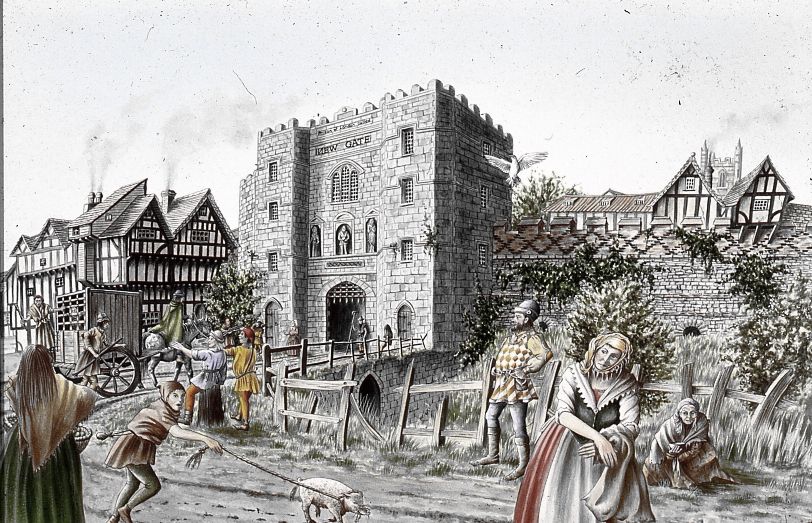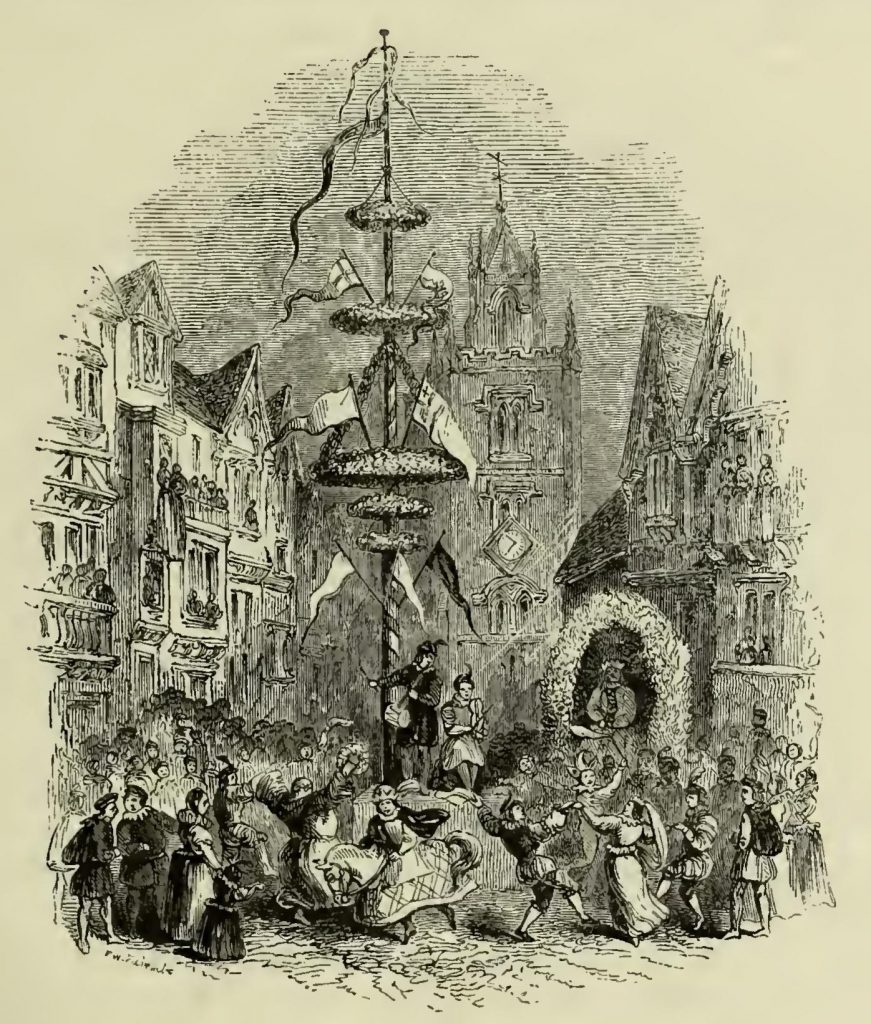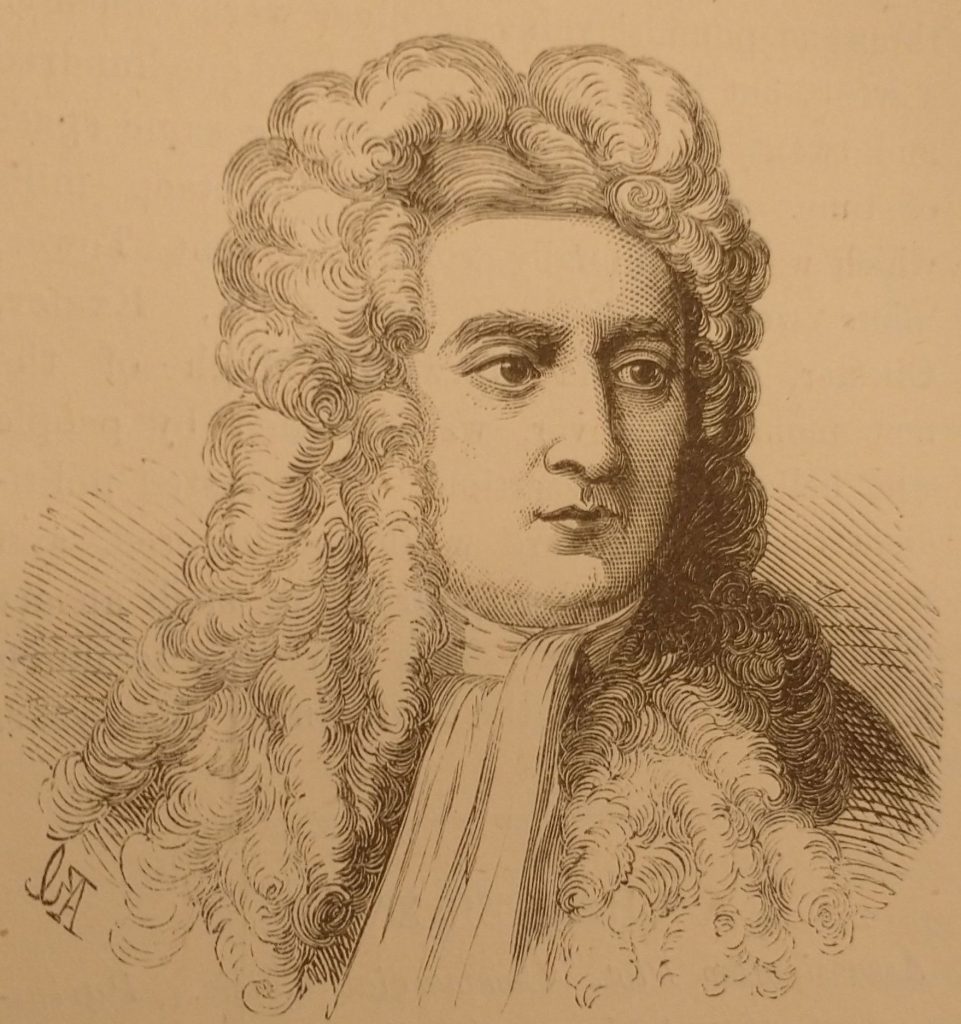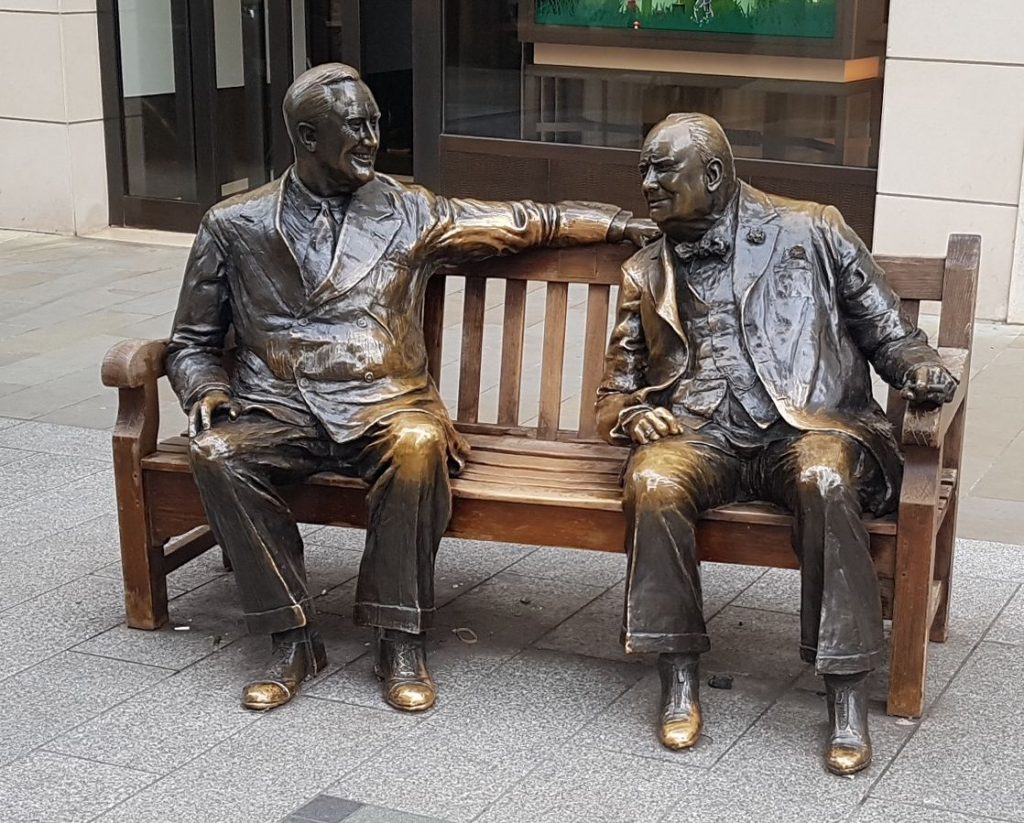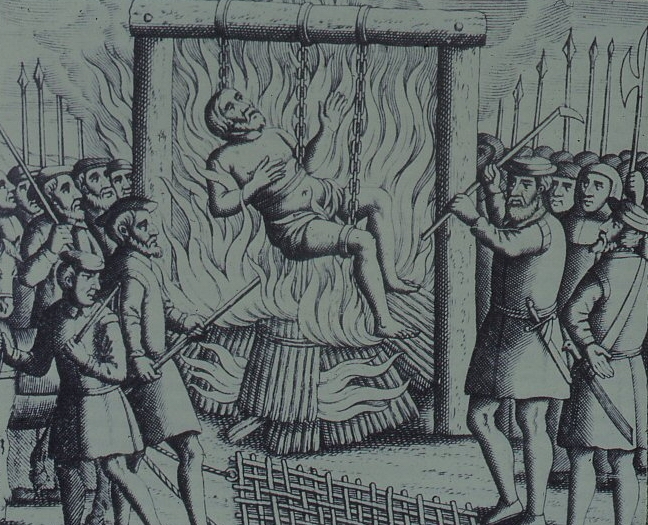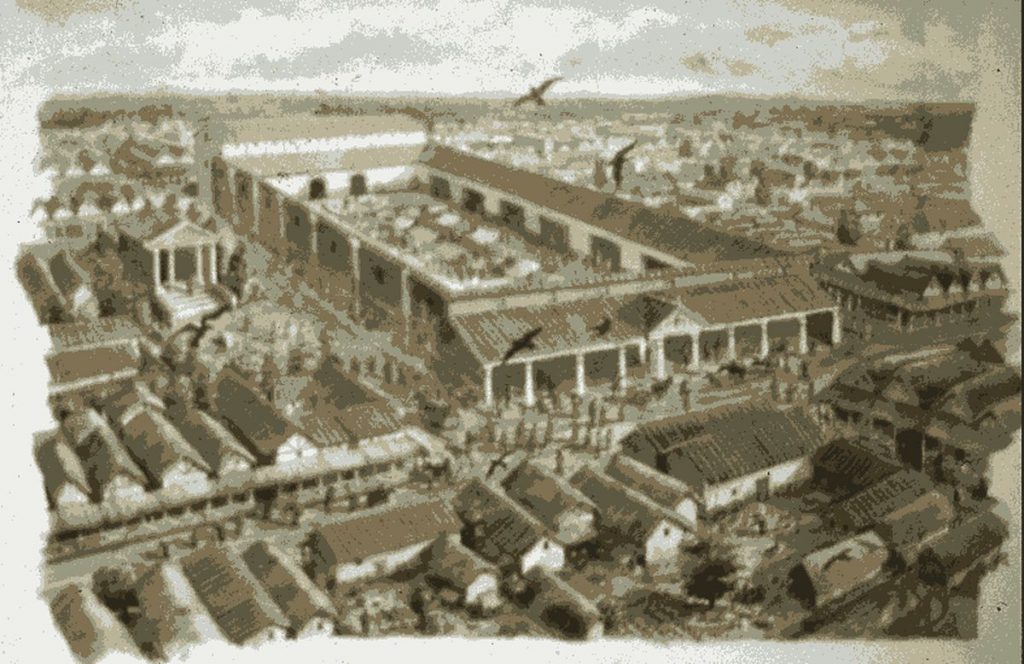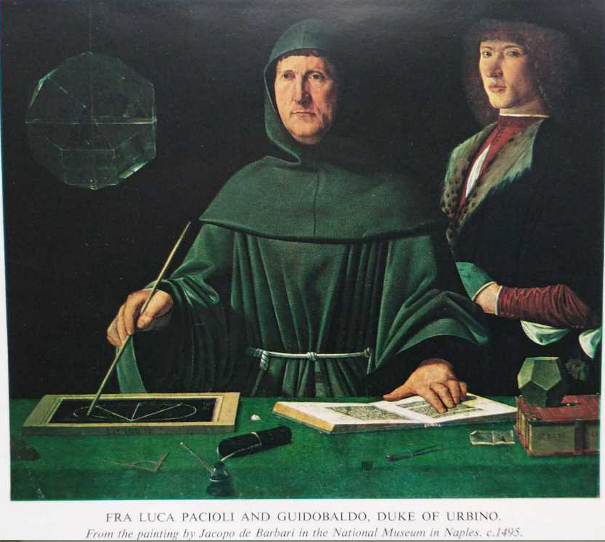
Luca Pacioli was a mathematician, whose mathematical text book had a section on Venetian book-keeping. It was published in 1494 although double entry booking keeping was probably being used earlier. The accountancy is a 27-page section called “Particularis de computis et scriptus. It is part of the compendious ‘Summa de Arithmetica, Geometrica, Portiona et Proportionali’.
It is the source of modern double entry accounting, which spread from Venice as it was the printing capital of Southern Europe.
The key discovery, reported by Luca Pacioli, was that every transaction had to have an entry in both a debit and credit account. So if I lend you £10,000 then my account is debited by 10k and yours is credited by the same amount. Fra Luca (he was a Franciscan Friar) would have it that the accountant could not go to bed until the ledgers balanced. That is, that all the credits and balances in all the ledgers balance.
Double entry bookkeeping has prevented numberless frauds, kept many businesses on the straight and narrow. But it is of course not proof against sophisticated fraud.
Assyrian Double Entry booking keeping?
The gypsum stone reliefs shown below on display in the British Museum show clerks recording booty plundered in the Assyrians’ wars. The soldiers are bringing goods in to be counted. In the first picture, the goods are severed skulls. In the second are a wide range of booty.
In every scene like this, there are two scribes writing notes on clay tablets with styli. They stand side by side. I presume their role is to make sure the other man doesn’t cheat, rather than to facilitate double entry book keeping as such. Assyrians paid their soldiers for each enemy soldier they killed, and the head was the proof. You will see a little pile of severed heads between the soldier and the scribes.

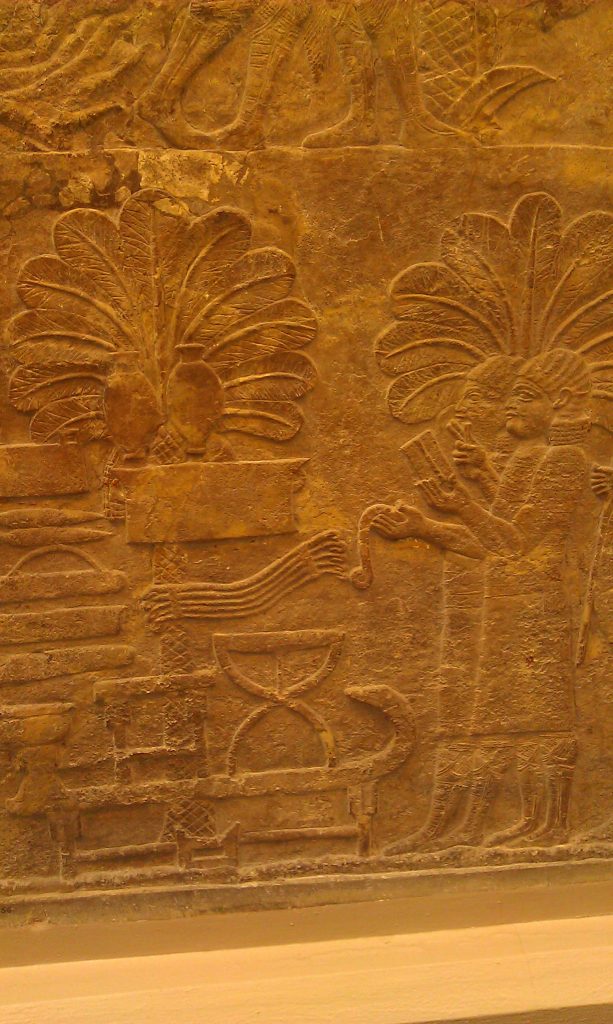
Italians, Accountancy and London.
The earliest work on double entry in England was by Oldcastle in 1543. There were a lot of Italian businessmen in Tudor London. Thomas Cromwell was friends, and indeed neighbours, with some. As a young man he was helped out by the head of one of the great Florentine Finance houses, Frescobaldi. They had branches in Bruges and London, and were major financiers to the Kings of England. Thomas More lived among the colony of Merchants from Lucca. The business centre of London before the building of the Royal Exchange was in Lombard St, where the Lombardian bankers hung out.
More on the British Museum in my post here
First Published on June 19th 2025
